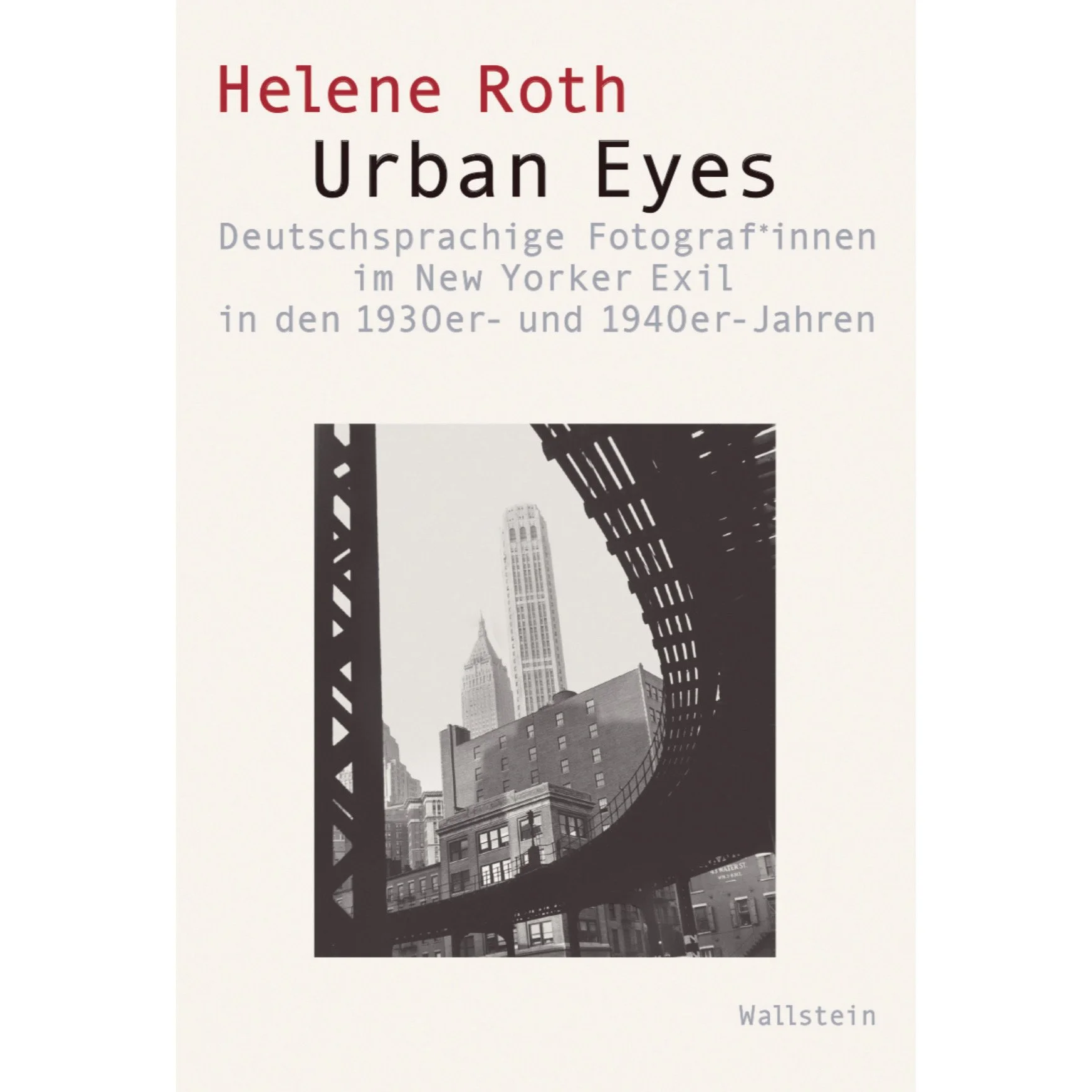Urban Eyes. Deutschsprachige Fotograf*innen im New Yorker Exil in den 1930er- und 1940er- Jahren
Helene Roth
New York was an arrival city for German-speaking émigré photographers, where they worked in various groups and different fields from 1933 onwards, characterized by heterogeneous orientation and multi-layered expertise. On the one hand, some of them succeeded in linking up with already established photographic professions and camera practices; on the other hand, they also had to adapt to the new conditions of the city, or they started a photographic career autodidactically. Urban Eyes analyzes the complex interrelationships of photography and exile in the context of the metropolis New York. The book pursues an interdisciplinary orientation towards art and photography history, social sciences as well as exile, migration, and urban studies for the first time. From a transnational perspective, it refers to socio-cultural, historical, urban, political, and artistic developments during the 1930s and 1940s. Alongside the comprehensive examination of archival material and field research in New York, methods such as mapping and network analyses establish direct connections to the urban space of the metropolis. This approach facilitates contextualising the diverse research subjects and situates the practices and images of émigré photographers within New York. Instead of monographic and biographical analyses, the book focuses on the artistic strategies of émigré photographers, on contact zones, networks, economies, and works that dealt thematically with the city of New York in visual or written form (such as photobooks, manuals, or professional articles for magazines).
Urban Eyes was written as part of a long-term research project dedicated to six global metropolises as places of refuge for modern artists. Funded by an ERC Consolidator Grant, the project “Relocating Modernism: Global Metropolises, Modern Art and Exile” (METROMOD, 2017–2023) aimed to contribute to a rewriting of the history of modern art and to expose the significance of global connections and cross-border migration movements.
Wallstein
Publication Date: September 2024

